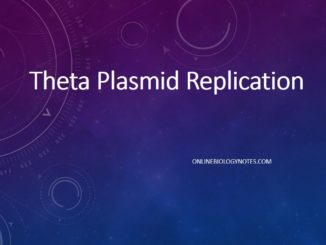
Theta Plasmid Replication
Theta Plasmid Replication General Structure of Plasmid Origins of Replication Replication starts from the origin of replication (ori). It refers to the portion of the […]

Theta Plasmid Replication General Structure of Plasmid Origins of Replication Replication starts from the origin of replication (ori). It refers to the portion of the […]
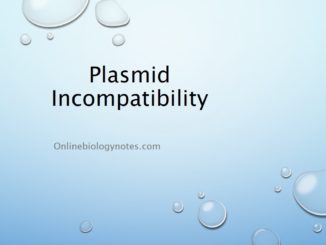
Plasmid incompatibility: The inability of two or more plasmids to coexist stably in the same cell is known as Plasmid incompatibility. This function of plasmids […]
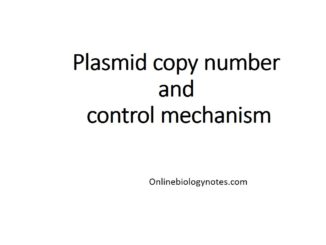
Plasmid copy number: The copy number plasmid means the number of plasmids that are normally present in a single bacterial cell. The size and copy […]
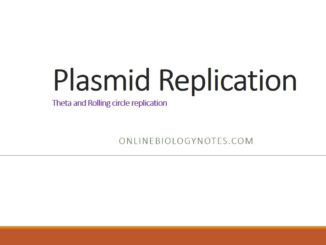
Plasmid Replication Those DNA molecules which can replicate autonomously are known as replicons. Example: Plasmids, phage DNA, chromosomes. Plasmid can replicate independently. Replicons have at […]
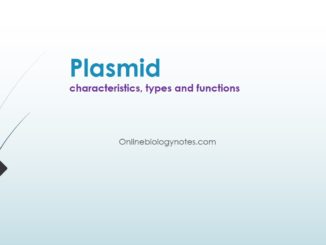
Plasmid Plasmids are the extrachromosomal genetic elements found in bacteria. They are circular pieces of DNA that are extra genes. About 1-20 copies of plasmids […]
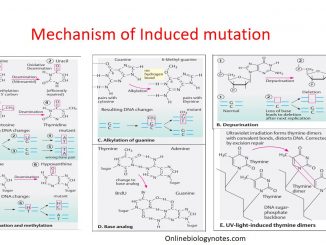
Induced mutation Induced mutations are induced by known factor- such as-physical (ionizing irradiation, ultraviolet light), chemical and biological mutagens (bacteria and viruses). Mechanism of induced […]

Transduction: generalized and specialized transduction Transduction is a method of gene transfer in bacteria from donor to recipient using bacteriophage. In transduction at first bacteriophage […]
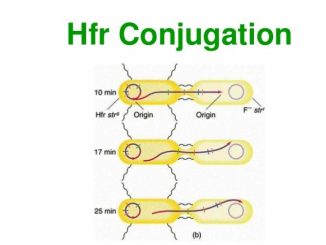
High frequency recombination (Hfr) cell conjugation and F-prime (F’) cell Hfr cell When F-plasmid (sex factor) integrated with chromosomal DNA then such bacteria is known […]
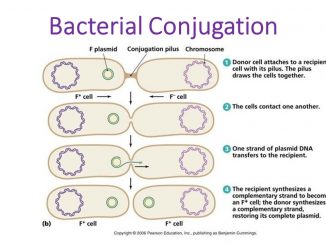
Bacterial Conjugation: steps and mechanism of transfer of plasmid from donor to recipient cell Conjugation in bacteria is a process in which plasmids are transferred […]

Transformation in Bacteria Transformation is the process of introduction of derived DNA fragments from a donor bacteria into a recipient bacteria. It is one of […]
Copyright © 2024 | WordPress Theme by MH Themes